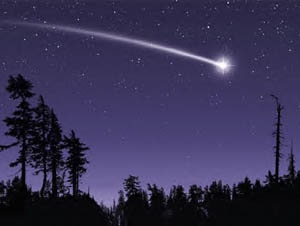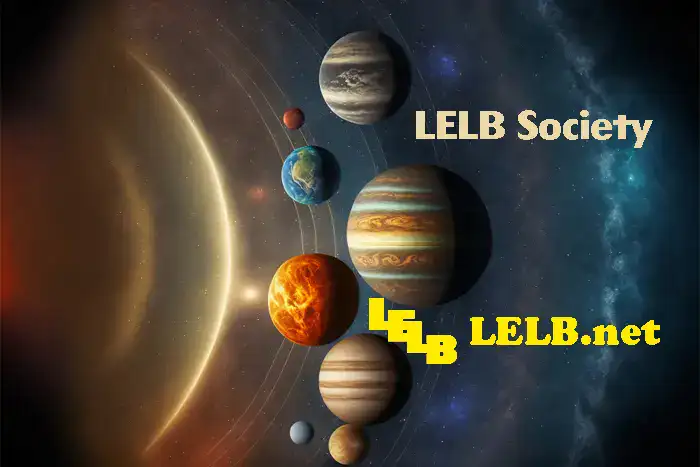English Documentary on Shooting Stars with Transcript with illustrated flashcards and an embedded podcast to improve your listening, reading and vocabulary for IELTS & TOEFL
Source of documentary: National Geographic YouTube Channel
Shooting stars
Nearly 50 tons of space debris crash onto the earth every day. While some debris shyly dissipate into the atmosphere, others display a spectacular light show.
Meteor shower
Meteor showers occur when the Earth’s orbit intersects with the orbit of a comet. As comets travel, they leave behind trails of rocky material oftentimes the size of pebbles or grains of sand, but sometimes as large as boulders.
Meteoroid stream
Every year, the Earth crosses these trails of debris known as meteoroid streams and the planet becomes sprinkled with rocky material. The debris then race through the Earth’s atmosphere creating friction with air particles and generating vast amounts of heat.
This heat vaporizes and illuminates the debris as they fall, creating streaks of light in the sky popularly known as shooting stars.
Naming meteor showers
These celestial light shows are often named after the constellation where they appear to originate as seen from Earth’s surface. Meteor showers that seem to fall from the constellation Perseus are called the Perseids, And those appearing from the constellation, Gemini, are called the Geminids.
Timing of meteor shower
About 30 meteor showers can be seen from Earth throughout the course of a year. And because the showers are timed with Earth’s orbit, the celestial phenomena are cyclical and occur at regular intervals. For example, the Perseids meteor shower happens every August, and the Geminids meteor shower happens every December.
Shooting stars as symbols
Meteor showers have inspired awe and admiration for millennia. In Christian tradition, the Perseid meteor showers symbolize the tears of a saint, Saint Lawrence, who was executed in August of the year 258, and in the first century A.D., the astronomer, Ptolemy, believed that shooting stars were a sign of the gods looking upon mortals and listening to their wishes.
Inspiring everything from making wishes to reveling at the sky, meteor showers are a reminder of our place in a dynamic and beautiful cosmic ecosystem.




I Actually never have a shooting star in my life and it is my dream to see one.
It largely depends on the clarity of sky at night and a little patience. With a bit of luck, you might be able to observe a shooting star some nights.
The night sky and constellations have always been a way for people to think bigger and broaden their perspective on the world and the reason of existing.
Agreed. Looking into the immense ocean of stars, worlds, and galaxies makes us wonder how unimaginably limitless the entire universe is and how infinitesimal our Earth is in the cosmos!
Shooting stars
Nearly 50 tones of space debris crash onto the earth every day. While some debris shyly dissipate into the atmosphere, others display a spectacular light show.
◾ Meteor shower
Meteor showers occur when the Earth’s orbit intersects with the orbit of a comet. As comets travel, they leave behind trails of rocky material oftentimes the size of pebbles or grains of sand, but sometimes as large as boulders.
◾ Meteoroid stream
Every year, the Earth crosses these trails of debris known as meteoroid streams and the planet becomes sprinkled with rocky material.
The debris then race through the Earth’s atmosphere creating friction with air particles and generating vast amounts of heat.
◾ shooting stars
This heat vaporizes and illuminates the debris. As they fall, creating streaks of light in the sky popularly known as shooting stars.
These celestial light shows are often named after the constellation where they appear to originate as seen Earth’s surface.
Meteor showers that seem to fall from the constellation Perseus are called the Perseids. And those appearing from the constellation Gemini, are called the Geminids.
◾ Time of meteor shower
About 30 meteor showers can be seen from Earth throughout the course of a year. And because the showers are timed with Earth’s orbit, the celestial phenomena are cyclical and occur at regular intervals. For example, the Perseid meteor shower happens every August and the Geminids meteor shower happens every December. Meteor showers have inspired awe and admiration for millennia.
◾ symbolize of meteor showers
In Christian tradition, the Perseid meteor showers symbolize the tears of saint. Saint Lawrence who was executed in August of the year 258, and in the first century A.D., the astronomer Ptolemy believed that shooting stars were a sign of the gods looking upon mortals and listening to their wishes.
Inspiring everything from making wishes to reveling at the sky. Meteor showers are reminder of our place in a dynamic and beautiful cosmic ecosystem.
Thank you so much for completing this task so promptly.
You made some minor mistakes about the use of reduced forms and punctuation marks that could be revealed by comparing your comment and the body of this lessons.
You’re welcome and thank you so much for this special practice with joy of learning language.
My pleasure.